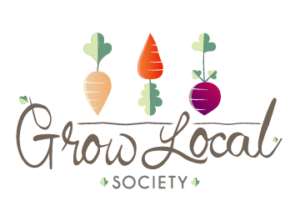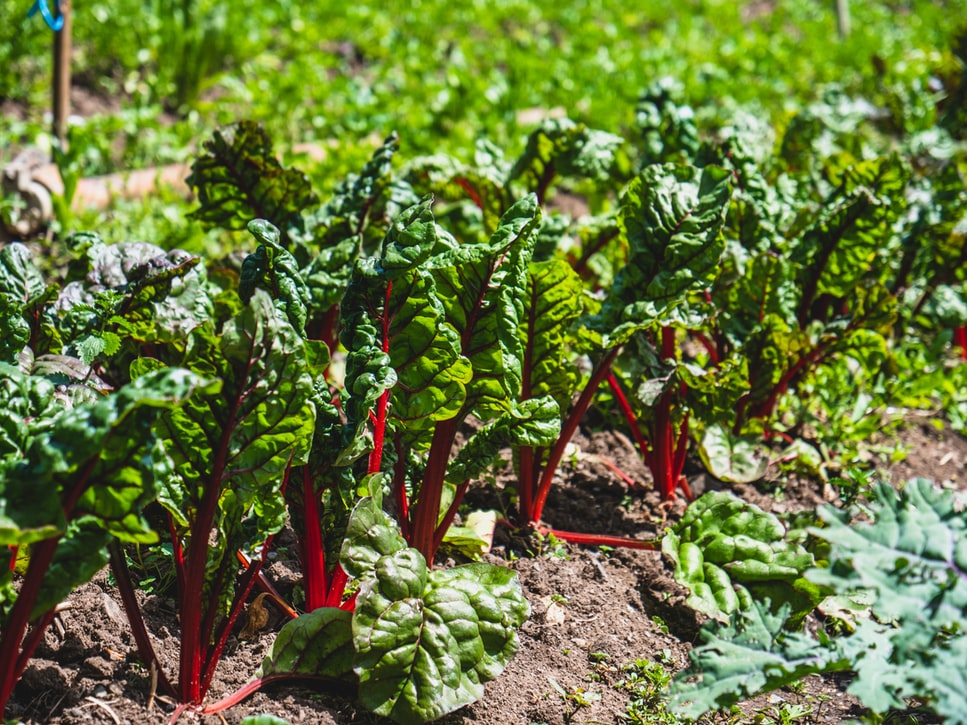 Creating Wax Poetic Creations was a no brainer for Alexandra. Starting out as a way to fill her creative drive, making candles has blossomed into a career.
Creating Wax Poetic Creations was a no brainer for Alexandra. Starting out as a way to fill her creative drive, making candles has blossomed into a career.
To finally find my niche was so empowering. Over the next few months I explored the local artisan community and decided it was something I’d love to be a part of. Entrepreneurship runs in the family, and it snuck up on me. Before I knew it, Wax Poetic Creations was born.
Made from soy wax with lead-free wicks, Alexandra’s light scented candles are born out of seasonal inspiration- from citrus scents during the Summer and more sweet smells come Winter.
I take in a lot of recommendations from customers and decide what scents will be best received by others as well. One scent is available all year round, because it’s such a hit. It’s called Unwind, an essential oil blend of Bergamot, Neroli, and Mandarin.
There are a number of combinations of wax, wick and scents that can be chosen to create the perfect candle. Alexandra says she always chooses higher quality products to most importantly, support local businesses.
I believe that Wax Poetic candles should meet my own standards and values. Soy wax burns longer, burns cleaner, is environmentally friendly and is made in North America and even needs to be FDA approved. Paraffin wax, on the other hand, releases toxins into the air, burns faster, and is made from crude oil. Soy wax is made from the earth, and is biodegradable as well. Can’t go wrong with that! As for wicks, many candles use lead-core wicks. These have been known to release the lead back into the air as the candle burns. The materials I use do not release carcinogens. They instead are clean burning and longer lasting than the alternative!
For Wax Poetic Creations, small scaled, artisan production is the way to go. Alexandra says while the process can be challenging, it is very rewarding when she sees a customer’s satisfaction.
Smaller scaled production allows each candle to get the same attention. I can customize a single candle, change one’s colour, or alter its scent. To make candles, I spend hours dedicated to melting down the wax in small sets, pouring six candles or so at a time, and then individually designing, printing and placing labels. When all is said and done, I have completed each candle as a one-woman show. All sales support my ability to make more and continue with my passion.
Wax Poetic Creations has one of the most simple and elegant logos. Created by her sister Natalia, Alexandra says she wanted to get to the core of what makes a good candle so she literally turned to the element for inspiration.
The simple candle flame reflects on the simplicity of a soy candle. As my inspiration changes, I am slowly allowing my logo to adapt and become more simple, but the flame and wick will stay the same.
Alexandra has recently changed her focus to summer farmers markets and to continue to build her brand, giving her more opportunities to become further involved in the community.
In addition, Wax Poetic is soon to be a part of a new subscription box, some brick and mortar stores, and more! Near future goals include a summer full of events and markets, as well as my new home candle making classes that can be booked on my website.

